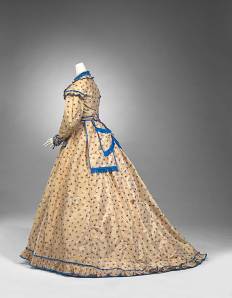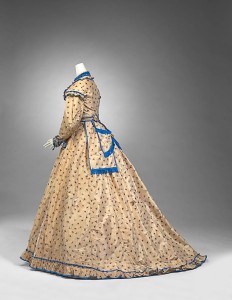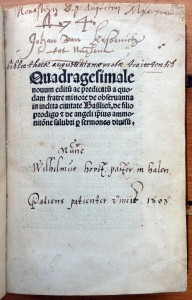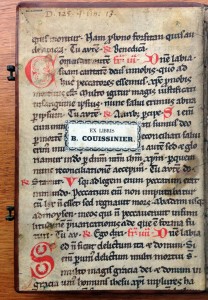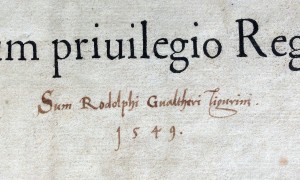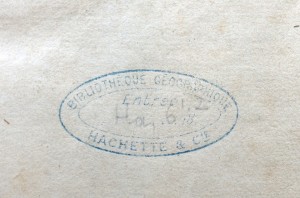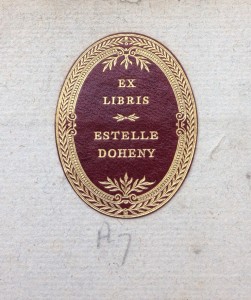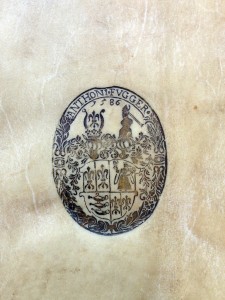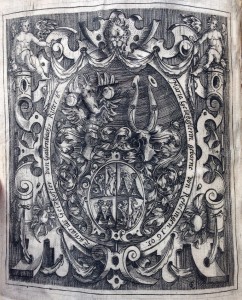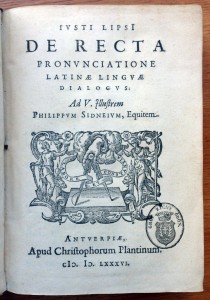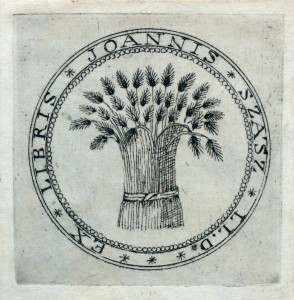Memory, poetry and a good buffet dinner
“I’ve always had a good memory…which is helpful for my poetry though it makes it rather like a buffet dinner with many small dishes all over the bench.”[i]
Birthdays always prompt a level of reflection and earlier this month Melbourne poet Chris Wallace-Crabbe celebrated his 80th. His writing reveals that these years have not been spent idly, indeed the breadth of subject matter traversed through his poetry would put many an upscale dinner buffet to shame. Not only a leading Australian poet but also essayist, librettist, fiction writer, reviewer, academic, literary critic and editor, Wallace-Crabbe has certainly offered readers a full menu.

30 boxes of material sit nonchalantly on their steel shelves at UMA, ranging from a 1951 manuscript to drafts of poems written in 2010. Behind this cardboard façade are the inner workings of this enigmatic man; working diaries & notebooks, journals, sketch books, literary and personal correspondence, manuscripts of poems, essays and an opera, reviews and genealogical documents are neatly packed and listed in the archives catalogue. Correspondence with C.B. Christesen founding editor of Meanjin, is also contained in the Meanjin Editorial records of C.B. Christesen collection.
The human memory however is not as ordered as this.
In an interview with Graham Little, tucked securely within the spread of the archive, the role of memory in writing poetry, and memory as a tool for, and of, language is exposed. Fed “the drug of language”[ii] from an early age, Wallace-Crabbe’s poetry is certainly a lesson in the bond between language and human expression, but also how language affects and is affected by memory. In “Domain Road” he wraps the place of humanity in the enormity of the universe within the memory of his childhood self.[iii]
…and the child knows he is very small in the garden
smaller still in the world
as nothing in the – how do you call it – universe
so that his being here
fragile in a rustling suburban garden among heaving ripples
of green is a kind of miracle
in the end he is grateful
Browsing the journals and notebooks containing Wallace-Crabbe’s musings and cuttings, snippets of conversations and unfinished thoughts, a joyfulness and enthusiasm for life is abundantly clear. A natural humour too is evident, the sense that despite its savageness and spite, life is funny. Musings like “I like to see a priest go shopping”, “ski slope vs cutlery drawer” and “How not to be a bore at 90” intrigue, and his recollection of a dream “riding a motorbike at world record speeds, over steep hills” finished with the thought “That’s something” [iv], provide insight to a creative mind.
For writers, students and lovers of literature, there is much to take from Wallace-Crabbe’s archive, and much to learn from his process of writing, creating and remembering.
[i] Chris Wallace-Crabbe interviewed by Graham Little [n.d.] pg3, Box 1, Chris Wallace-Crabbe, University of Melbourne Archives, 2011.0093
[ii] Chris Wallace-Crabbe interviewed by Graham Little [n.d.] pg10, Box 1, Chris Wallace-Crabbe, University of Melbourne Archives, 2011.0093
[iii] Chris Wallace-Crabbe interviewed by Graham Little [n.d.], pg9,Box 1, Chris Wallace-Crabbe, University of Melbourne Archives, 2011.0093
[iv] Notebook, 2006, Box 2, Chris Wallace-Crabbe, University of Melbourne Archives, 2011.0093
